About ADHD

What is ADHD?
Attention Deficit Hyperactivity Disorder (ADHD) is a neurodevelopmental disorder characterized by a persistent pattern of inattention and/or hyperactivity-impulsivity that interferes with functioning or development. People with ADHD have reduced activity in the prefrontal cortex of the brain which negatively impacts executive function such as working memory, flexible thinking and self-control. Executive function is often referred to as the brain’s management system and is responsible for many skills, including:
Paying attention
Organizing, planning, and prioritizing
Starting tasks and staying focused on them to completion
Understanding different points of view
Regulating emotions
Self-monitoring (keeping track of what you’re doing)
Other areas of the brain impacted by ADHD include the basal ganglia and the cerebellum. The basal ganglia plays a key role in regulating motor control and behavior, and abnormalities in this region can contribute to the hyperactivity and impulsivity seen in ADHD. The cerebellum, which coordinates movement and supports cognitive functions, may also be smaller in those with ADHD, impacting their ability to manage attention and motor functions effectively.
What's the difference between ADHD and ADD?
ADD, or Attention Deficit Disorder, is the old name for ADHD. In the third edition of the Diagnostic and Statistical Manual of Mental Disorders (DSM), published in 1980, the American Psychiatric Association (APA) defined and named the condition Attention Deficit Disorder (ADD). At that time there were considered to be two types of ADD – it could be either with or without hyperactivity.
In 1987 the name was changed to Attention Deficit Hyperactivity Disorder and the sub-types were removed. In 1994 it changed again to recognize three sub-types and also that it isn’t just a childhood condition, that many traits last into adulthood and it is now considered a lifelong condition.
What are the different types of ADHD?
There are three sub-types of ADHD:
- ADHD, predominantly inattentive presentation
- ADHD, predominantly hyperactive-impulsive presentation
- ADHD, combined presentation (both inattentive and hyperactive-impulsive symptoms)
What are the symptoms of ADHD?
ADHD: Predominantly Inattentive
- Often fails to give close attention to details or makes careless mistakes in schoolwork, at work, or with other activities.
- Often has trouble holding attention on tasks or play activities.
- Often does not seem to listen when spoken to directly.
- Often does not follow through on instructions and fails to finish schoolwork, or workplace duties (e.g., loses focus, side-tracked).
- Often has trouble organizing tasks and activities.
- Is often easily distracted.
- Is often forgetful in daily activities.
- Often avoids, dislikes, or is reluctant to do tasks that require mental effort over a long period of time (such as schoolwork or homework).
- Often loses things necessary for tasks and activities (e.g. school materials, books, tools, wallets, keys, paperwork, glasses, cellphone).
ADHD: Predominantly Hyperactive-Impulsive
- Often runs about or climbs in situations where it is not appropriate (adolescents or adults may be limited to feeling restless).
- Often fidgets with or taps hands or feet, or squirms in seat.
- Often leaves seat in situations when remaining seated is expected.
- Often interrupts or intrudes on others (e.g., butts into conversations or games).
- Often unable to play or take part in leisure activities quietly.
- Is often “on the go” acting as if “driven by a motor.”
- Often talks excessively.
- Often blurts out an answer before a question has been completed.
- Often has trouble waiting their turn.
What treatments are available for ADHD?
There are many treatment options, and what works best can depend on the person and their environment. Treatment for ADHD can reduce symptoms and improve functioning. The most common treatments for ADHD are:
- Medication, usually stimulant medications
- Psychotherapy, like behavioral and cognitive behavioral therapy
- Coaching, with a certified ADHD Coach
What works best depends on the person and their family. Effective treatment often involves a combination of elements. Sometimes, people must try several treatments before finding the one that works for them.